
Breathe Deeply: Nature’s Calm in Every Moment
Welcome to our nature-inspired space, where we celebrate the beauty, wonder, and power of the natural world. Join us in exploring and protecting the planet we all call home.

Welcome to our nature-inspired space, where we celebrate the beauty, wonder, and power of the natural world. Join us in exploring and protecting the planet we all call home.
Discover the facts shaping our natural world
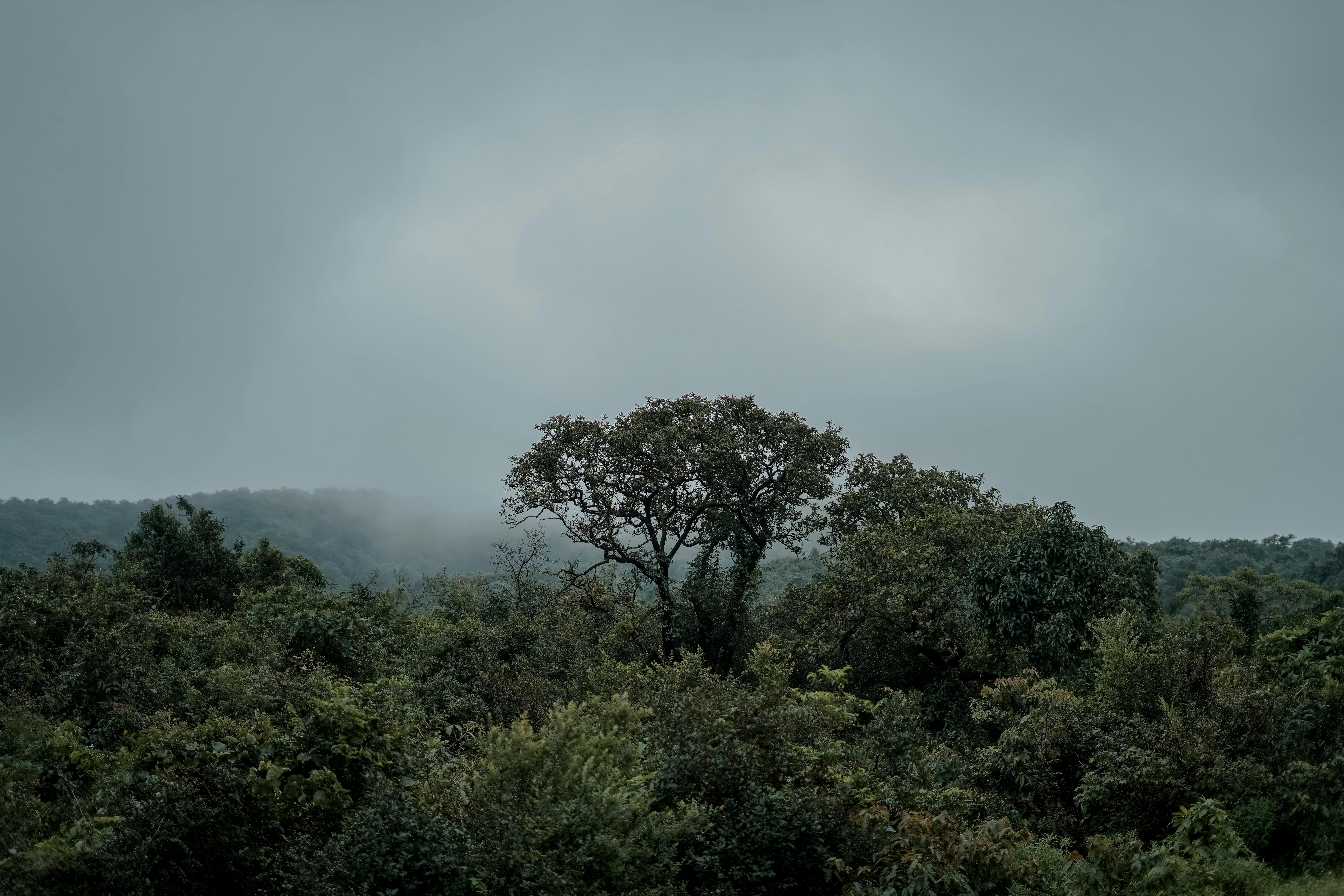
Tropical forests have lived on Earth for longer than 400 million years, making them some of the oldest terrestrial environments on the planet. Throughout their long history, forests have survived variations in climate as well as huge tectonic movements of the land they’ve been rooted in. In turn, tropical forests have shaped the planet’s atmosphere, its water cycle and its soils, and even influenced the evolution of life, from the appearance of the first flowering plants and the first four-legged terrestrial animals to the evolution of the dinosaurs as well as the appearance of many of the mammalian lineages and their survival to modern times. continue... source https://www.forbes.com/sites/grrlscientist/2022/01/30/jungle-how-tropical-forests-shaped-the-world--and-us-by-patrick-roberts---review/
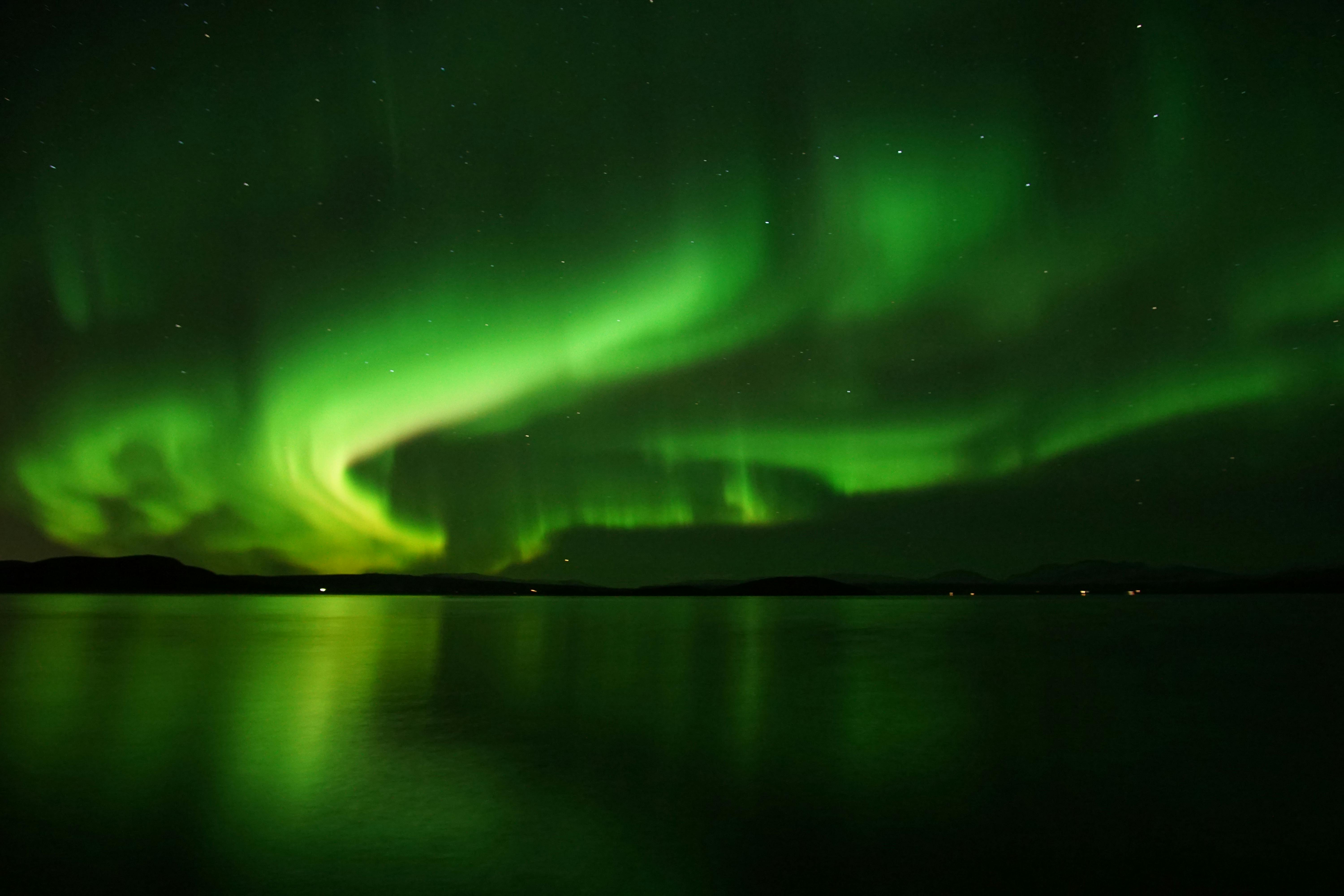
At any given moment, the sun is ejecting charged particles from its corona, or upper atmosphere, creating the solar wind. When that wind slams into Earth's ionosphere, or upper atmosphere, the aurora is born. In the Northern Hemisphere, the phenomenon is called the northern lights (aurora borealis), while in the Southern Hemisphere, it's called the southern lights (aurora australis). "These particles are deflected towards the poles of Earth by our planet's magnetic field and interact with our atmosphere, depositing energy and causing the atmosphere to fluoresce," Billy Teets, the director of Dyer Observatory at Vanderbilt University in Nashville, Tennessee told Space.com. The bright colors of the northern lights are dictated by the chemical composition of Earth's atmosphere. "Every type of atom or molecule, whether it's atomic hydrogen or a molecule like carbon dioxide, absorbs and radiates its own unique set of colors, which is analogous to how every human being has a unique set of fingerprints," Teets told Space.com. "Some of the dominant colors seen in aurorae are red, a hue produced by the nitrogen molecules, and green, which is produced by oxygen molecules." Teet continued.

The northern lights, also known as the aurora borealis, are mesmerizing ribbons of light that have fascinated humanity for thousands of years. Despite their serene beauty, this breathtaking display results from a highly energetic and turbulent process. The aurora forms when charged particles from the sun collide with Earth's upper atmosphere at incredible speeds — up to 45 million mph (72 million kph). Thankfully, our planet's magnetic field acts as a protective shield, preventing these solar particles from causing harm while creating the stunning spectacle we know as the northern lights. As Earth's magnetic field redirects the particles toward the poles — there are southern lights, too, which you can read about below — the dramatic process transforms into a cinematic atmospheric phenomenon that dazzles and fascinates scientists and skywatchers alike. The northern lights give us a unique window into our sun's activity, space weather and Earth's magnetic field.

Some mountains form when the big slabs of rock—called tectonic plates—that make up the Earth’s crust crash into each other. Over millions of years, the sheets of rock push up and over one another, creating the mountain. Others form when vents in the Earth’s surface erupt and spew lava out onto the ground. The lava piles up and cools. Over millions of years, the many layers of hard lava become a mountain. Mountains are on every continent. The longest mountain range is over 40,000 miles long—and 90 percent is under the ocean! Called the Mid-Ocean Ridge, it wraps around the globe like the seams of a baseball. The longest aboveground mountain range is the Andes. Running along the entire west coast of South America through seven different countries—including Argentina, Chile, and Colombia—it’s 4,700 miles long. Mount Everest, on the border of Nepal and China in Asia, is the highest mountain above sea level in the world. Towering at just over 29,000 feet it would take almost 5,000 grown men stacked on top of each other to reach that high.
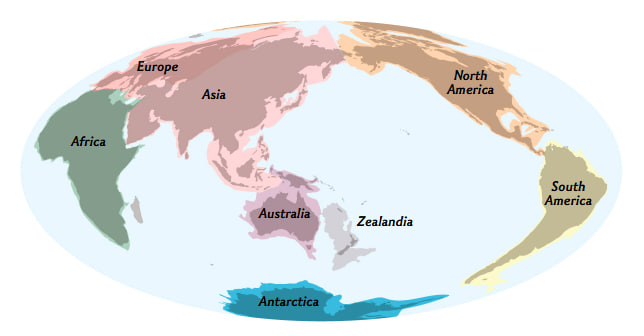
Pancake Rocks on the west coast of the South Island of New Zealand. The island country is the tip of a vast, submerged continent called Zealandia—and scientists have finished mapping the whole thing. After years of exploration and research, scientists have finished mapping a sunken continent that lurks beneath the South Pacific. This chunk of continental crust, driven to the depths millions of years ago, is known as Zealandia, or by the Indigenous Māori name Te Riu-a-Māui. By piecing together rock samples with magnetic maps, geologists have revealed the extent of Zealandia, hidden below the ocean surrounding New Zealand. Seven years ago, geologist Nick Mortimer and colleagues revealed the existence of this mostly submerged continent, and in 2021 they mapped the southern portion. continue... https://www.nationalgeographic.com/premium/article/the-lost-continent-of-zealandia-has-been-mapped-for-the-first-time
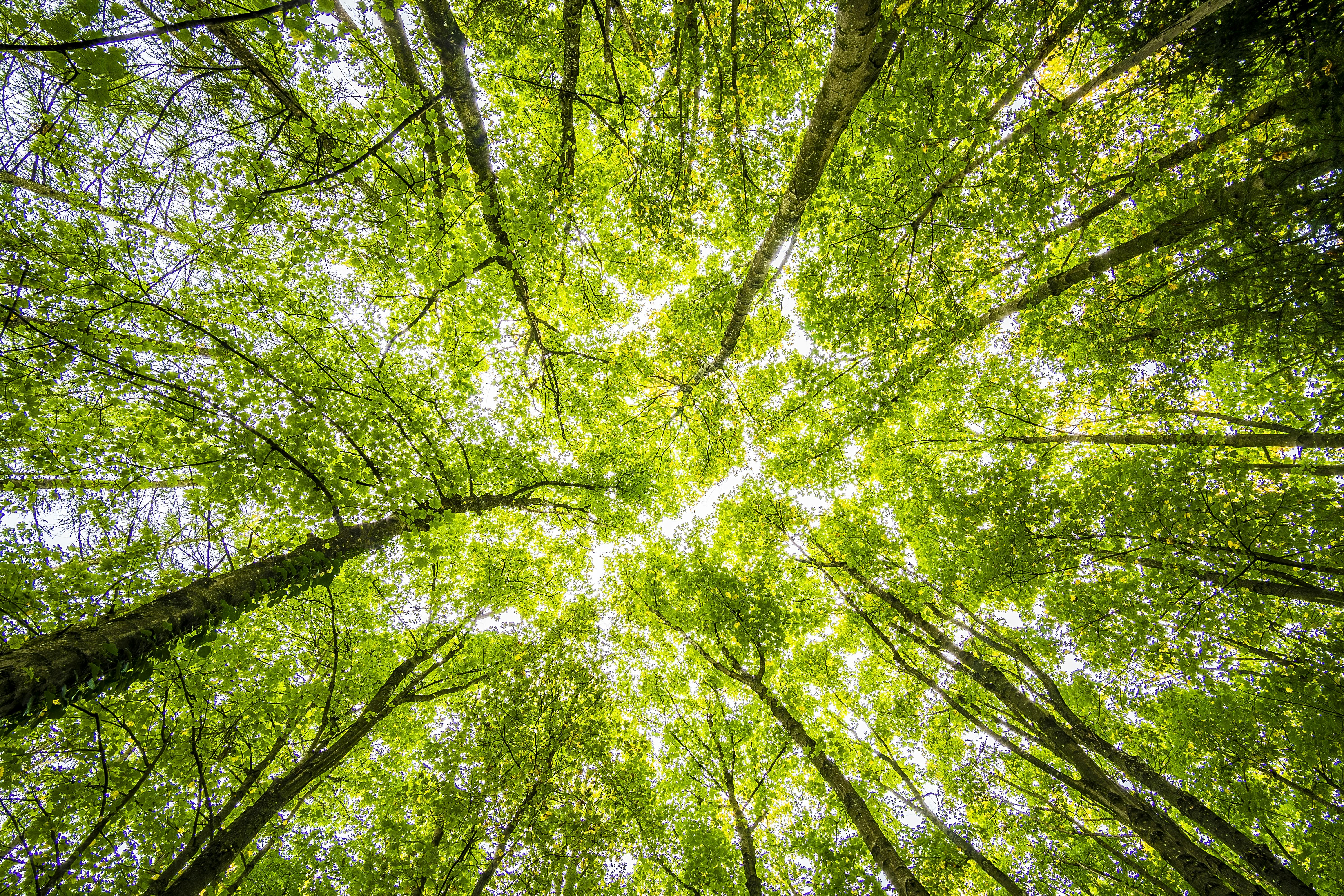
Forests are one of the most important natural resources on Earth. They cover about 31% of the planet’s land area and are home to more than 80% of the world’s terrestrial species. Forests provide oxygen, store carbon dioxide, and help regulate the Earth’s climate. They also protect soil from erosion and support the water cycle by helping rainfall reach underground reserves. In addition to their environmental benefits, forests offer livelihoods to millions of people around the world, especially in rural communities. They supply food, medicine, and raw materials like timber and paper. However, deforestation and forest degradation continue to threaten these ecosystems. To ensure a healthy planet, it is essential to protect and sustainably manage forests for future generations.
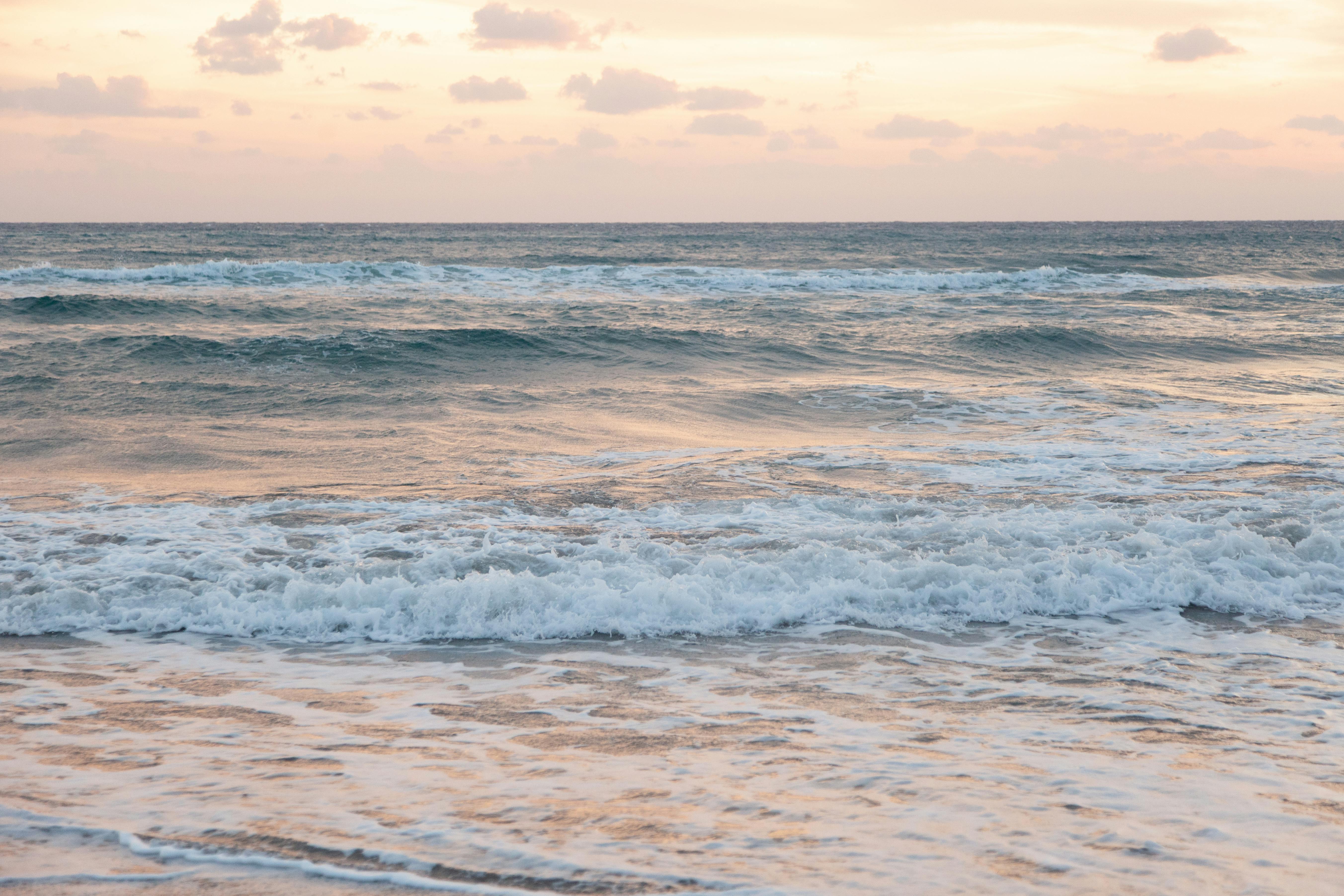
The ocean is often called Earth’s "blue universe"—a vast, deep world full of mystery, beauty, and life. The ocean connects all continents and is home to an incredible variety of marine life, from tiny plankton to enormous whales. Just like the stars and galaxies above us, the ocean holds endless unknowns below. Its deep trenches are as unexplored as outer space, with strange, glowing creatures and alien-like landscapes. This underwater universe is filled with "blue life"—the millions of species that rely on the sea for survival. These life forms, from coral reefs to jellyfish and dolphins, create an intricate web of ecosystems. The ocean also plays a crucial role in supporting life on land. It produces more than half of the world’s oxygen, helps regulate climate, and connects continents through powerful currents. Exploring and protecting the ocean is like reaching into a living galaxy beneath our feet. It reminds us that another universe exists right here on Earth—one full of wonder, importance, and life.

The Northern Lights, or Aurora Borealis, are one of nature's most breathtaking phenomena, offering a colorful, mystical light show that captivates people worldwide. This mesmerizing display occurs in the polar regions, primarily in the Arctic Circle, where the Earth’s magnetic field interacts with charged particles from the sun. The Northern Lights are the result of collisions between charged particles from the sun (mostly electrons and protons) and the Earth's magnetic field. As these particles enter the Earth's atmosphere, they collide with gases such as oxygen and nitrogen, causing them to release energy in the form of light. This is the beautiful, shimmering glow that we see as the Northern Lights. The colors of the lights depend on the type of gas and the altitude at which the collisions occur. Oxygen at higher altitudes can produce red and green hues, while nitrogen can create purples and pinks. The best time to witness the Northern Lights is during the winter months, particularly from September to April, when the nights are longest and the skies darkest. The phenomenon is most visible in the polar regions, including northern parts of Norway, Sweden, Finland, Canada, Iceland, and Alaska. However, they have also been observed at lower latitudes during periods of solar activity.
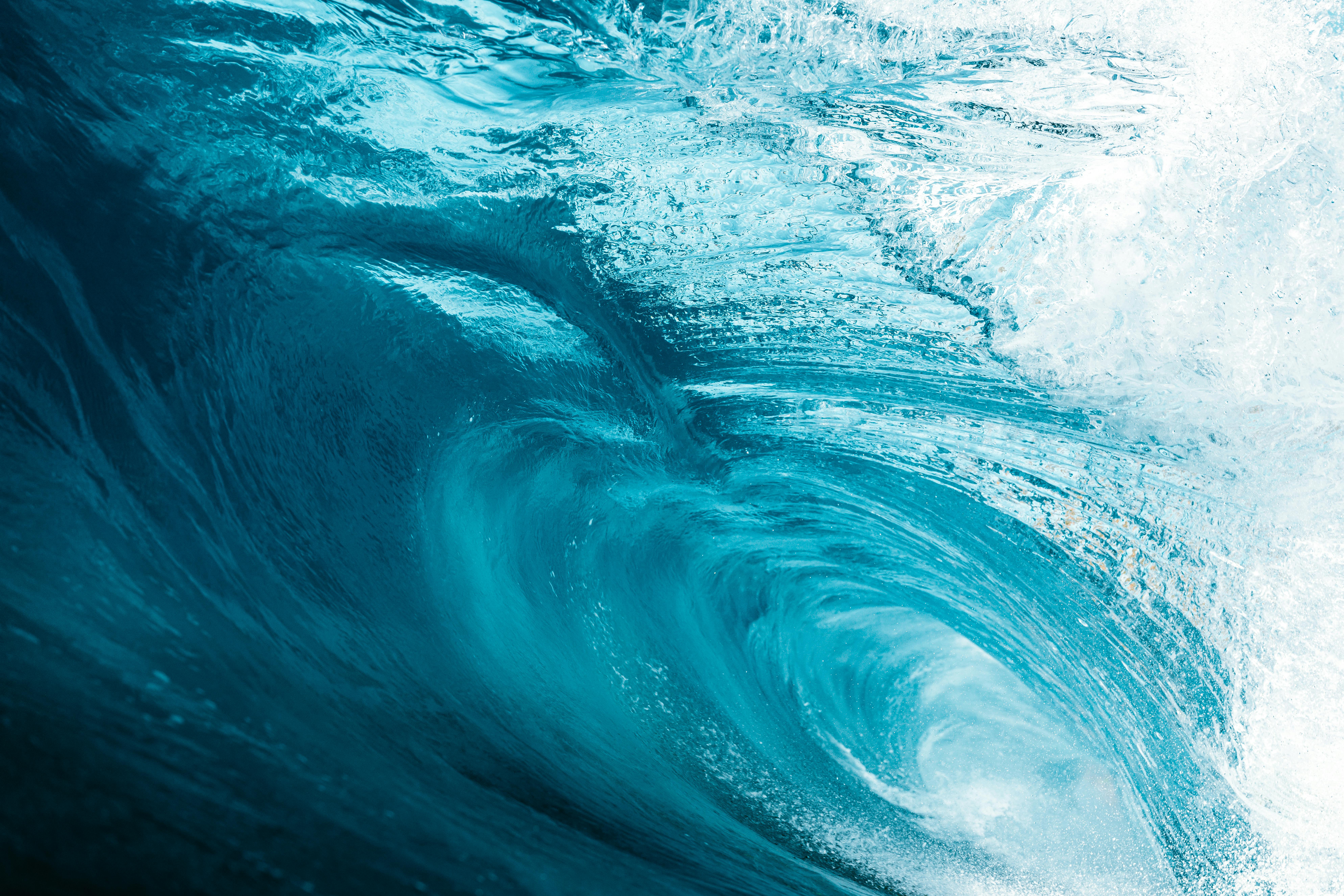
Beneath the shimmering surface of the ocean lies a vast, mysterious world teeming with life. From glowing jellyfish in the midnight zone to bustling coral reefs, the ocean supports an incredible range of species—many still undiscovered. It's a whole new life down there, thriving in ecosystems that exist far from human eyes. These underwater communities play a crucial role in Earth’s health, regulating climate, absorbing carbon dioxide, and producing over half of the world’s oxygen. But the ocean isn’t just a cradle of life—it’s also the planet’s biggest trade route. Around 90% of global goods are transported by sea, making the ocean essential to the world economy. Giant cargo ships cross vast waters every day, carrying food, fuel, electronics, and more between continents. Whether it’s the mysteries below or the movement above, the ocean remains a powerful force—sustaining life, connecting nations, and reminding us of its immense, often underestimated, importance.

Forests are one of the most important natural resources on Earth. They cover about 31% of the planet’s land area and are home to more than 80% of the world’s terrestrial species. Forests provide oxygen, store carbon dioxide, and help regulate the Earth’s climate. They also protect soil from erosion and support the water cycle by helping rainfall reach underground reserves. In addition to their environmental benefits, forests offer livelihoods to millions of people around the world, especially in rural communities. They supply food, medicine, and raw materials like timber and paper. However, deforestation and forest degradation continue to threaten these ecosystems. To ensure a healthy planet, it is essential to protect and sustainably manage forests for future generations.
Read More →
Step into a forest, and the world begins to change. The noise fades, replaced by birdsong and the soft rustle of leaves underfoot. Sunlight filters through a ceiling of green, casting dancing shadows on the forest floor. Every step reveals something new—a splash of wildflowers, the whisper of wind through the trees, or the sudden flash of a squirrel leaping from branch to branch. Forests are more than a collection of trees—they are living, breathing worlds. Under the soil, roots communicate in silent networks. In the canopy above, birds and insects weave their lives through the branches. Even fallen logs become nurseries for new life, rich with moss and tiny creatures. As you walk, you feel the forest’s calm settle over you. Time slows down. You notice the details: the pattern on a leaf, the scent of pine, the rhythm of distant footsteps—maybe deer, maybe your own echo. A walk through forest wonders isn’t just a journey through nature—it’s a reminder of how deeply we’re connected to it. The forest gives us air, peace, and perspective. And all it asks in return is to be respected and protected.
Read More →